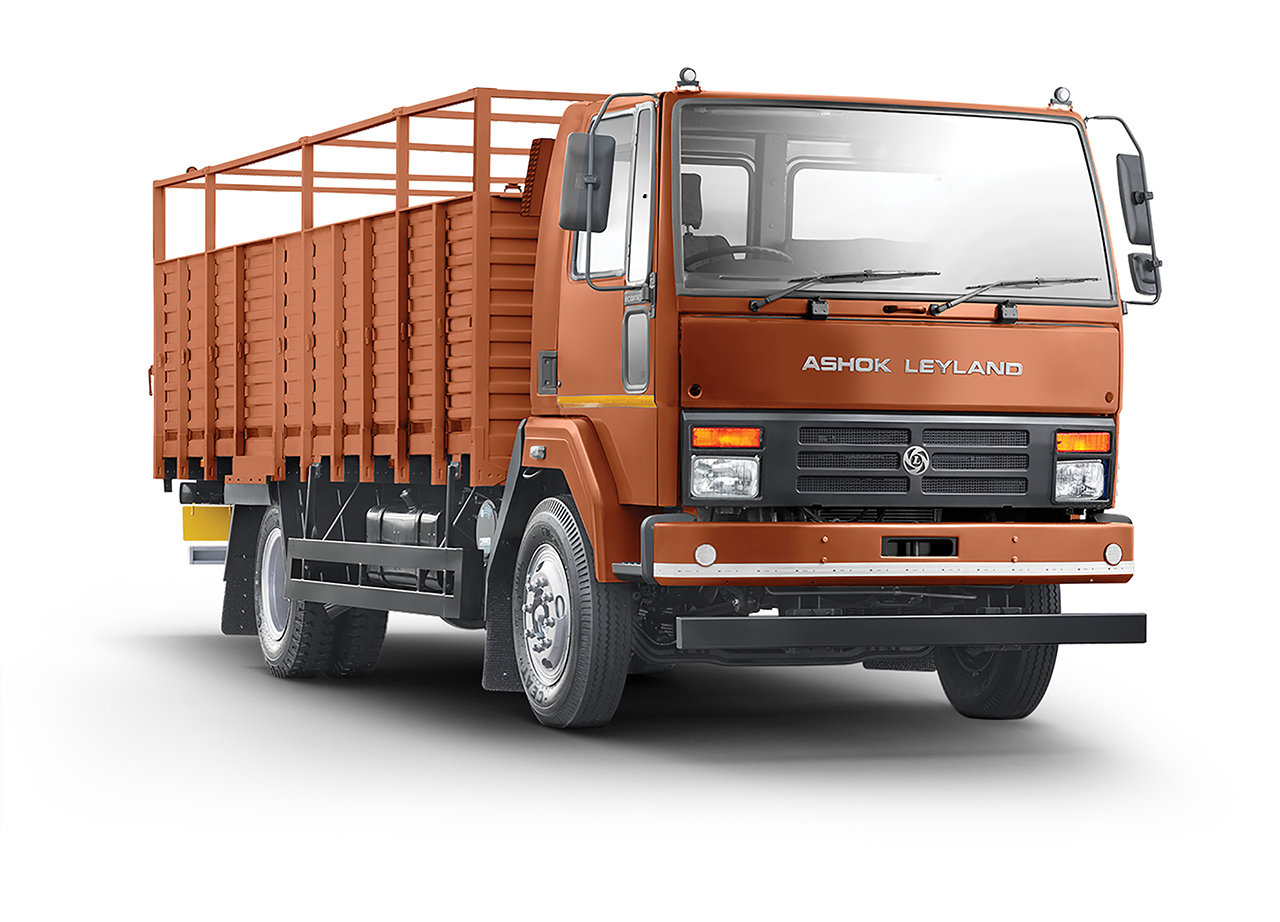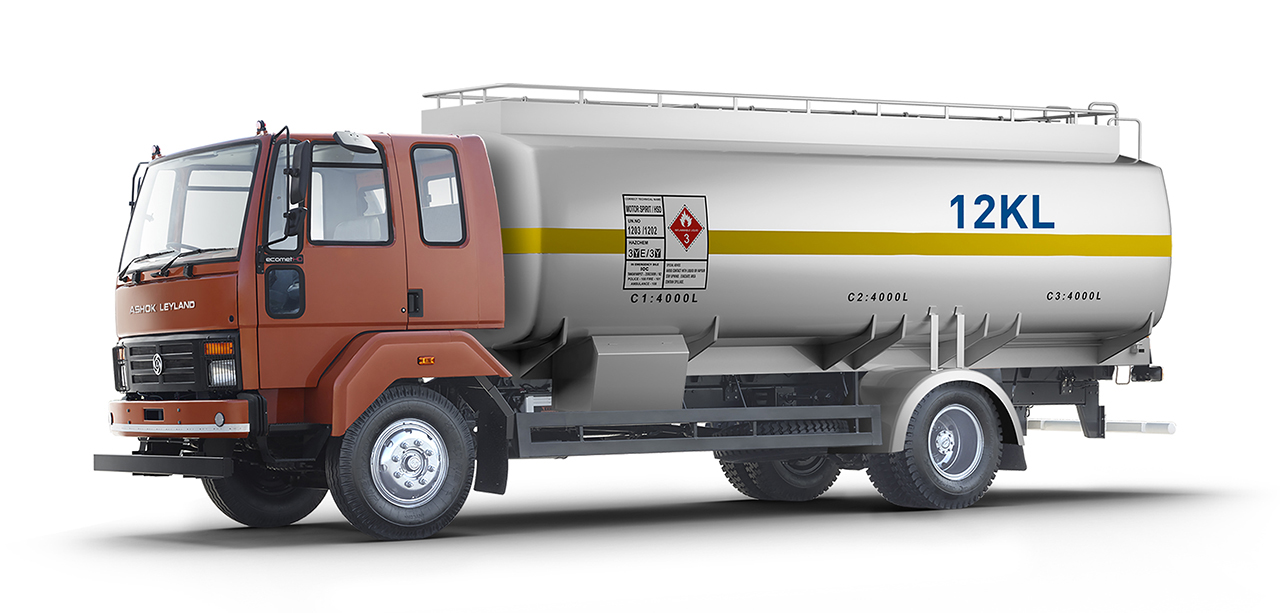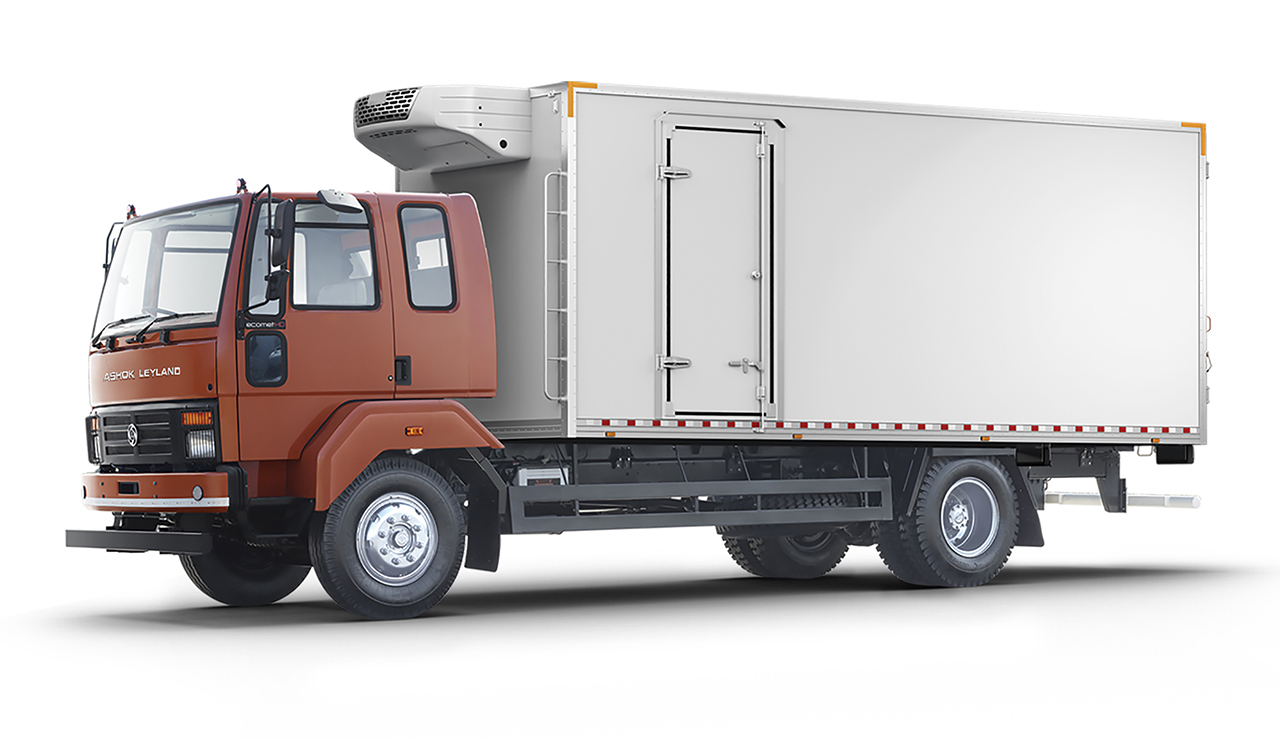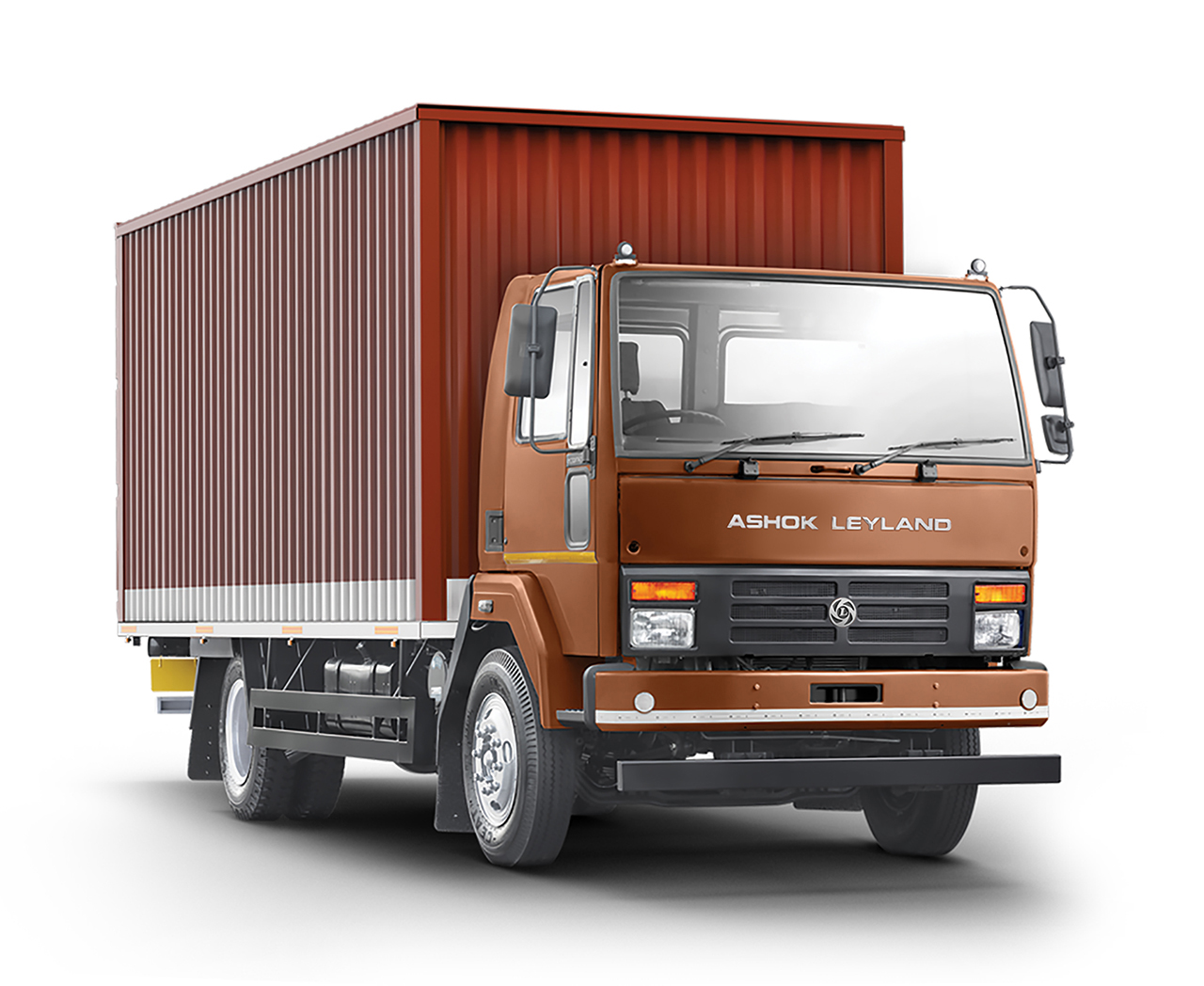In an exclusive interaction, Anuj Kathuria, COO, Ashok Leyland shares with N. Balasubramanian the positive trend in their ICV segment, and talks about how the market sentiment post-COVID is showing a promising bounce back besides the trust factor that their discerning customers continue to place in them.

Excerpts:
What, according to you, is the overall market sentiment right now?
There was robust demand for ICV which was leading the way and it continues. Tippers, on the other side also started picking up right from September onwards and demand has been growing month-on-month. In fact, continues to grow where February was a growth over January this year. So ICV and the tippers were the saving grace for this year although the overall volumes are still lower than last year. But the demand has been quite stable as far as ICVs are concerned and tippers have also done well. In January this year, for the first time, we saw that demand for the multi-axle vehicles and the tractor trailers have also started looking better than what it was in Q3. The growth in the heavier vehicles segment, especially tippers, can be attributed to the infrastructure development.
Is it mainly the e-commerce boom, especially during the lockdown last year, that has been the growth driver for the ICV segment?
E-commerce has definitely improved the demand but there are other segments too which have been doing good. One of them which deserves a special mention is the POL segment. Going by how the fuel dispensing is being driven differently – many bowsers are being built on the ICV platform – be it the 6KL bowser which is built on a 10-tonner ICV vehicle or the 4KL one over a 6.5-tonne partner vehicle.

The Ecomet has been a highly successful model of Ashok Leyland for a long time. The model seems to have touched the customers and has become a proven one. How is it performing in today’s scenario?
The ICV segment can be divided into three sub-segments – the 10-, 12- and the 14-tonner. In 2014-15, the 14-tonner segment, or what we call as the 1615 HE now, did not exist. In fact, we have created the segment. Ecomet in its earlier avtar as the 12-14 is what we have brought into the market. It is called as the Ecomet 16-15 HE in the BS 6 era. Now, the 1615 is a star product because it offers several benefits. If it were to be compared with our own BS 4 product, which is the 1214, the fuel efficiency that we are getting in the BS 6 version, is far superior including when we factor in the cost of the diesel exhaust fluid cost or the AdBlue. The customer will get at least more than a rupee and a half per kilometer savings on the operating costs. For example, if the vehicle runs for 10000 kilometers in a month on an average, the customer will surely save close to Rs. 15000 in a month.
This is being noticed about our 1615 HE, which also has the ability to carry the best-in-class load. It has become highly popular with segments including the last mile cement distribution, for example. There are various other applications for which the 1615 is being used.

How many of this model have you sold since April 2020 when the BS-VI era came in?
Talking in terms of per month sales instead, it would be a minimum of 1,000 units of this model in a month.
What would you attribute the better fuel efficiency of the Ecomet 1615 to? How have you achieved this? And, where has the optimization been done?
It is the way the entire vehicle has been integrated and we have ensured that we get the most optimized drive line on the vehicle, so the engine power with the other drive line has been integrated to get the best-in-class performance. Not only in terms of fuel efficiency, but also in terms of the various other performance features that we get on this vehicle. In this particular sub-segment, we are aiming at the market share of upwards of 45% in the 15-tonner segment and the sub-segment is around 30% of the ICVs. And ICV segment itself is 1/3rd of the total industry volume.

So, 1615HE is the main model that is being offered and it is available in various types of load bodies. This is being used in agri-perishables which is a big segment, besides construction related – be it the cement or other aggregates that need to be ferried across shorter distances. Parcel load is another popular segment. Generally, this model is most popular for trips of say 1000 kilometers.
Focusing on this particular sub-segment, what do you think has given you this 45% share? Please share the top few USPs. What is it that is driving this sub-segment with such a high market share?
One key advantage is the total cost of operations which is best-in-class. Secondly, it requires practically zero maintenance with only scheduled maintenance. We have customers are vouching for it. And, other than fuel cost, tyres make up another big operating cost. And we are happy that tremendous word-of-mouth publicity is coming the Ecomet way.
The best part is that this model is doing well in all the markets. If I were to look at other markets, we have close to 52-53% in southern markets, about 48% in the north and then in central India, we have 45% market share. Even in the eastern markets, we have around 35% share. In the western markets also, we are close to 39%. The largest demand for these vehicles is coming from Maharashtra and Gujarat.

Numbers from April 2020 till the end of January 2021 show that the overall demand in this segment was close to 10,000 vehicles. We have sold around 4,000 vehicles out of that. In February 2021, we have sold more than 5,000 vehicles.
As against a COVID-hit year like 2020, how do you expect this segment to perform in a normal year? Will you be looking at a similar 45% market share or do you hope to improve on that?
The customers are coming back for more, so we expect to achieve these numbers again albeit with a higher TIV. I can safely assume that the TIV for this kind of a segment will be somewhere around 25,000 vehicles per annum.
How are the other models in the ICV segment performing?
For one, our Boss model is doing well but it is more sought after in the southern markets and we have a steady volume of 300 to 350 units a month. And we expect it to grow. In fact, we are getting more variants into different applications and loading strengths. We are working on launching new variants that will also augment the volume going forward on the Boss. We had launched the Boss LX and LE variants in October last year which is also picking up now.
Within the Ecomet, apart from the 1615 HE, how are the 1415 and 1215 variants doing?
Both the 1415 and the 1215 are also performing well but some of the customers are looking for financing and most of them are the first-time users (FTUs) or first-time buyers (FTBs). We engage with those financiers who work with the right customer.
What trends are visible in say factory-built cabin over the fully built application?
The 1615 HE will always possess a factory-built cabin only. Even on the load bodies are being given by us only. Almost 90% of the vehicles are being fitted with the load bodies from the plant itself. Specific applications such as dry or refrigerated containers are also being provided by us. When it comes to the fuel bowsers, we work with outside vendors but for our customers, we give fully built ones but those are not mounted inside the plant.
In the ICV segment, what would you say about the tippers in the general cargo application?
This goes into tipper application also. Ecomet has tipper variants too that can be used in the hilly terrain. Our tippers practically rule the market whether it is in the northeastern states or in Himachal Pradesh, Uttarakhand, or Punjab. It is considered the most robust vehicle with zero maintenance.
On the application side, with regards to the COVID vaccine transportation, the reefer space has caught much attention. Is there any specific plan from Ashok Leyland where you have a customized or special solution?
We have fully built reefers on the Boss platform that have been particularly made for the transportation of the COVID vaccine. We have started working on a particular variant. It is on the ICV platform and we chose the Boss because it has a more contemporary cabin.
Any focused initiative from Ashok Leyland – be it sales or service – particularly in the ICV segment which you are extending to your customers?
Apart from working with our customers on the financials, we execute joint promotions so that an ICV customer who wants to acquire a product is assured of almost instantaneous tie-ups. We have ready-to-use products that are placed with our dealerships across the country. Our ability to deliver product on time is impressive. And we have a set range in terms of the loading span and load bodies or the variants, across the Ecomet and the Boss models.